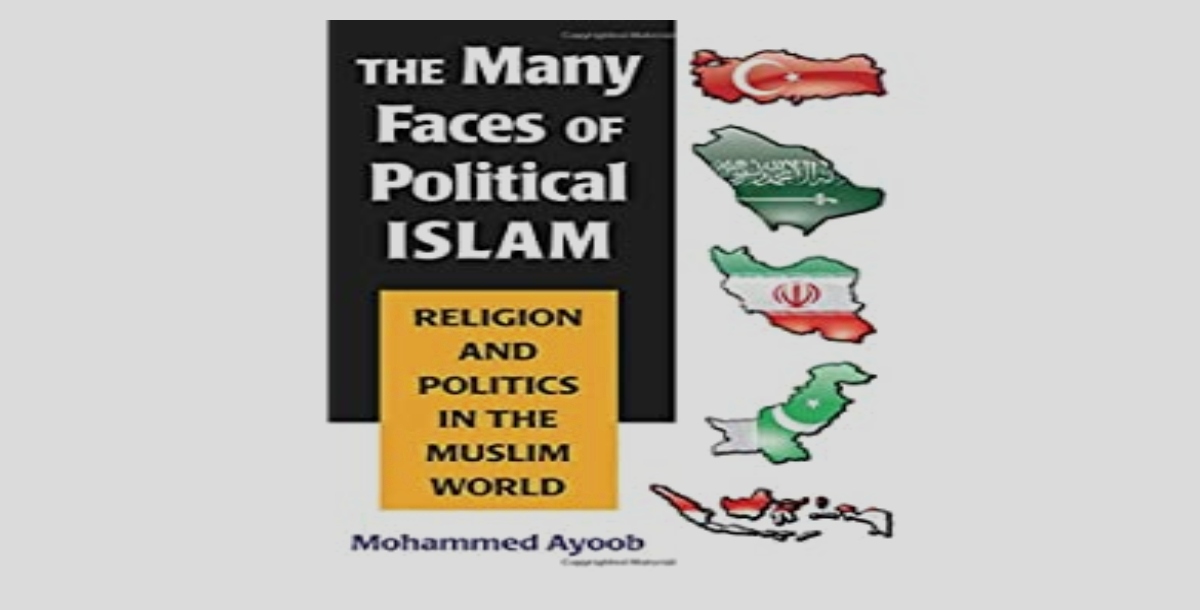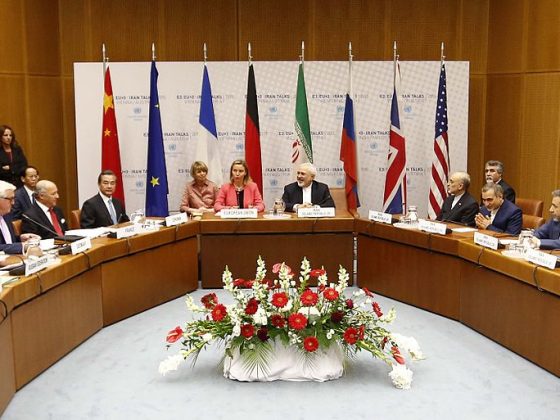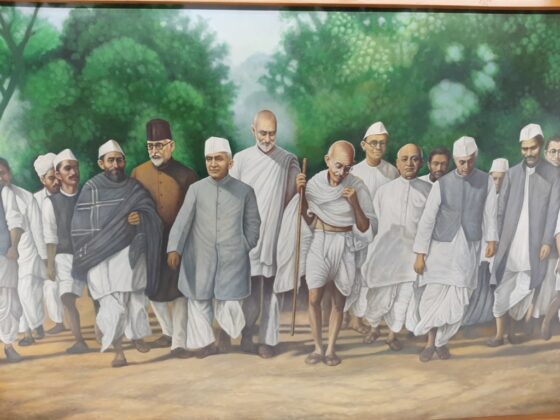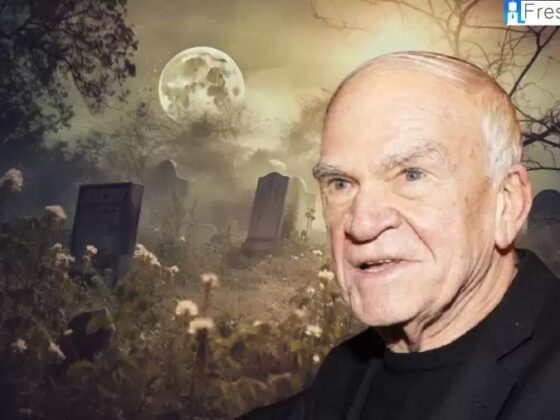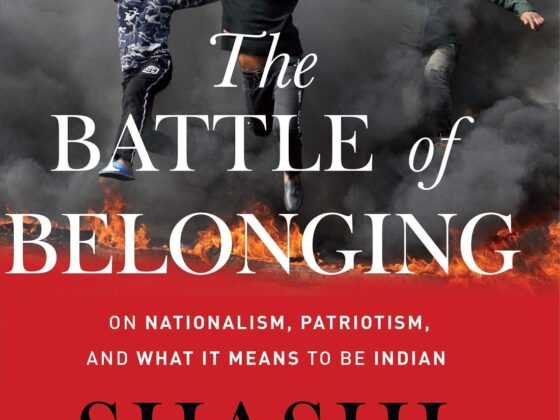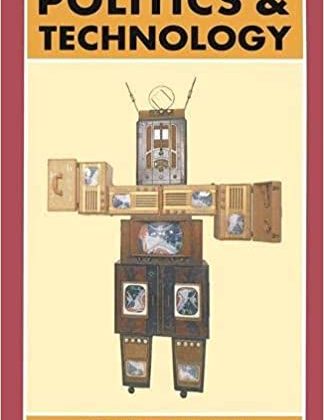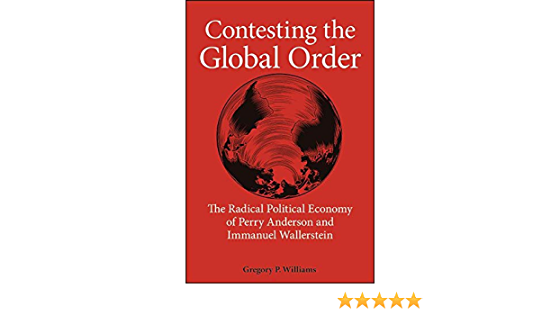
Author: Mohammed Ayoob. The University of Michigan Press, 2007, 232 pp.
One of the major misconceptions about Islam in the modern world, Mohammed Ayoob argues, is that it is a monolithic, inherently violent religion. The purpose of Ayoob’s book, in a nutshell, appears to be to rectify these misconceptions. He elaborates on the diverse nature of Islamist groups that currently exist or have existed in the past, shedding light on the divergent paths taken by them in order achieve their respective ideologies.
A key argument brought forth is that a number of political groups with strict Islamist ideologies are turning towards pragmatism and opening up to the process of moderation and democratisation. Ayoob, a Distinguished Professor of International Relations at Michigan State University, repeatedly emphasises the importance of context, using meticulous case studies to augment his points. Additionally, he demonstrates how external factors, influences and interferences over the years have shaped the Middle East—specifically how the incomplete and forced process of state-making and nation-building is at the root of the unstable reality in a number of nations today.
Style & Content
The Many Faces of Political Islam provides a unique but crucial perspective that remains relevant today. It elucidates aspects commonly ignored by the mass media, and does so in a largely unbiased, objective manner. Ayoob, however, tends to downplay violent tendencies of the Islamist groups he talks about, including Hezbollah and Hamas. One might wonder why, but perhaps this is because it’s an aspect that audiences are already familiar with, having dominated global headlines particularly since 9/11.
Incidentally, many historical aspects are presented in a summarised manner, such as the events leading up to the 1979 Islamic Revolution in Iran, or the characteristics of the Nasser, Sadat and Mubarak regimes and their respective relations with the United States. In this regard, basic knowledge about the region is required. Ayoob’s method of comparing and contrasting, his intricate detailing of the ‘where, when, why and how’ of various political groups and movements that have taken shape in the last couple of centuries further facilitates one’s understanding of the subject.
Key Themes
Ayoob states that the nature and intensity of the opposition depends upon and is directly proportional to the degree of repression created by the regimes in place. To reference one of the quotes employed in the book, one by Carrie Rosefsky Wickham: “political openings [even short of democratization] can encourage Islamist opposition leaders to moderate their tactics.” (p. 80, line 38)
Several essential arguments, such as Islam being a non-monolithic religion, extremist factions being fringe elements whose agendas are only marginal to the pertinent issues that mainstream Islamist groups are concerned with, and how mainstream parties are moving in the direction of moderation and democratisation, are frequently recalled throughout the course of the book.
Ayoob has produced a comprehensive, easy-to-follow analysis on the enormous diversity in a domain broadly categorised as political Islam. The book exemplifies how authoritative regimes, foreign occupation and external interference in the region have produced varied forms of opposition groups, and raises questions regarding the biased perception of Islam in present-day societies, particularly in the West. Those seeking to gain a nuanced understanding of the subject, as well as those harbouring opposing viewpoints, will find The Many Faces of Political Islam to be an enlightening read.

